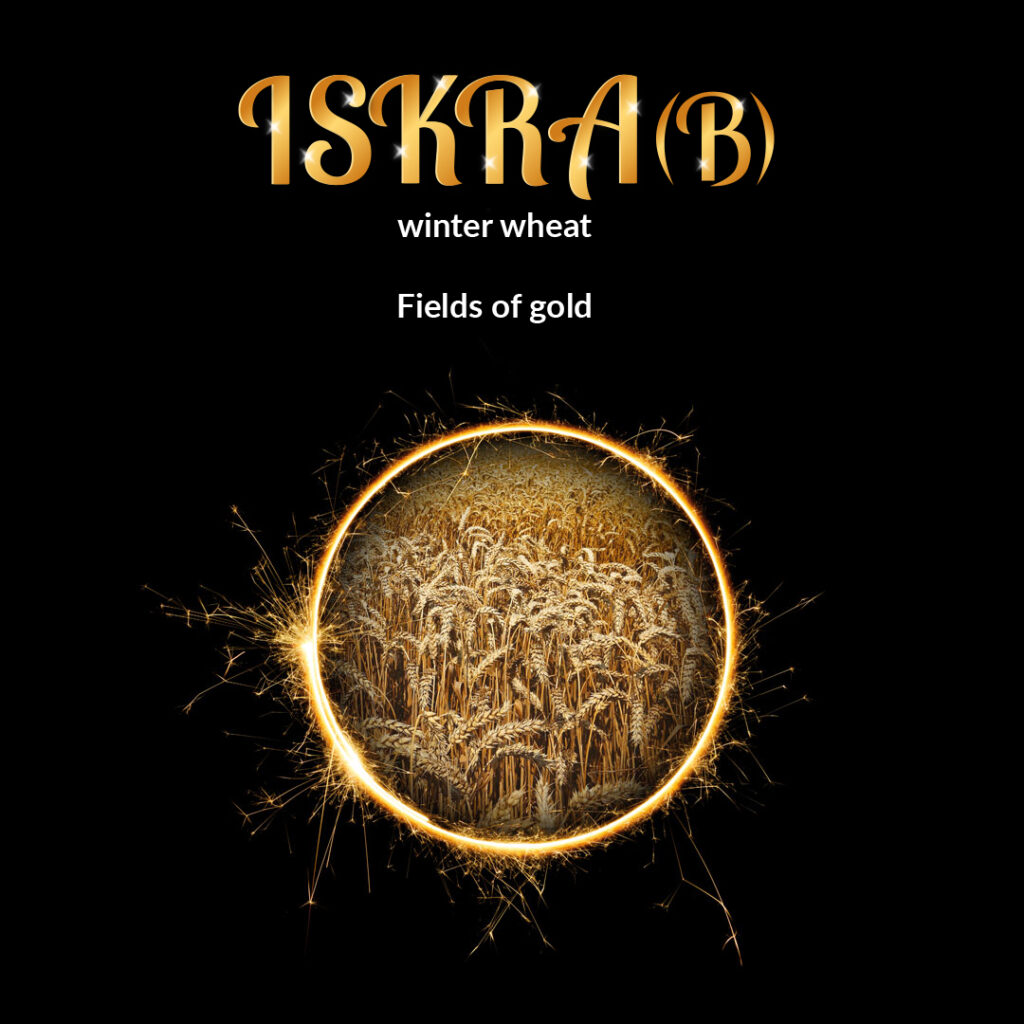White lupine Kulig

Show other variants Special features of white lupine Kulig High and stable yield level confirmed in registration trials – 111% of the COBORU standard. Very good fodder qualities – high protein level, high crude fat content in seeds and low alkaloid content. Other information An early variety with a traditional growth type. Very high protein […]
Blue lupine Pogo

Show other variants Special features of blue lupine Pogo An excellent fodder variety with ideal nutritional values and very good quality parameters (high protein level, very sweet). Early variety. Low TSW, which reduces seeding costs. Other information The latest variety of blue lupine, registered in 2023. It flowers blue and has gray spotted seeds. Very high […]
Edible sowing pea Jowisz

Show other variants Special features of edible sowing pea Jowisz Increased disease resistance – especially to powdery mildew and pea fusarium wilt. High yield potential (according to the 2021 and 2022 COBORU tests, 105% and 103% of the reference, respectively) even under varying climate and soil conditions. Increased resistance to pod cracking – less loss […]
Spring barley Masimo

Show other variants Special features of spring barley Masimo High yield potential at both levels of cultivation, confirmed also in dry years. Very good health profile – resistance to most diseases (scald, powdery mildew and barley rust) rated min. 7.5 on a 9-point scale, which gives the opportunity to reduce application of fungicide control treatments. […]
Winter wheat Ostoja

Show other variants Special features of winter wheat Ostoja Quality variety, with very low soil requirements, with very high tolerance to soil acidification – grows well on sites with lower pH. High tolerance to drought conditions. Semi-dwarfing gene – very high resistance to lodging. The grain is very robust, with the highest TGW and the […]
Winter wheat Iskra

Show other variants Special features of winter wheat Iskra Very high resistance to fungal diseases (genes for resistance to powdery mildew and brown rust). Rht8 semi-dwarfing gene – highest resistance to lodging at full maturity and milk maturity stages. Robust and uniform grain with high hectoliter weight. Other information Highly adaptable to different soil conditions […]
Hairy vetch Rea

Special features of hairy vetch Rea The roots have the ability to symbiosis with nodule bacteria, fixing easily assimilable nitrogen from the air, which can be successfully used by successive plants. Valuable forage species grown for green fodder and seeds – improves the protein content of the first spring-fed green fodder. Other information • Very […]
Yellow lupine Mister

Show other variants Special features of yellow lupine Mister The highest seed crude fat content on the market. The most uniformly maturing variety. Special features of yellow lupine Mister Medium height, mid flowering and maturity date plants. Dark yellow flowers and spotted seeds. Very low percentage of green plants before harvest. Excellent, uniform maturation for […]
Yellow lupine Baryt

Show other variants Special features of yellow lupine Baryt Very good quality parameters – high protein content, low alkaloid level, high crude fat content. Lowest crude fiber content. Low TSW. Other information Medium-height plants with a mid flowering and ripening date. Yellow flowers, seeds with a characteristic „smile”. Very high yield potential (up to 110% […]
Yellow lupine Bursztyn

Show other variants Special features of yellow lupine Bursztyn Highest seed protein content. Highest resistance to lodging after flowering. Highest resistance to anthracnose at pod formation stage. Other information Medium height, early flowering and maturing plants. Orange-yellow flowers and white-black spotted seeds. Variety with high tolerance to drought stress, which ensures safety of cultivation. Very […]

